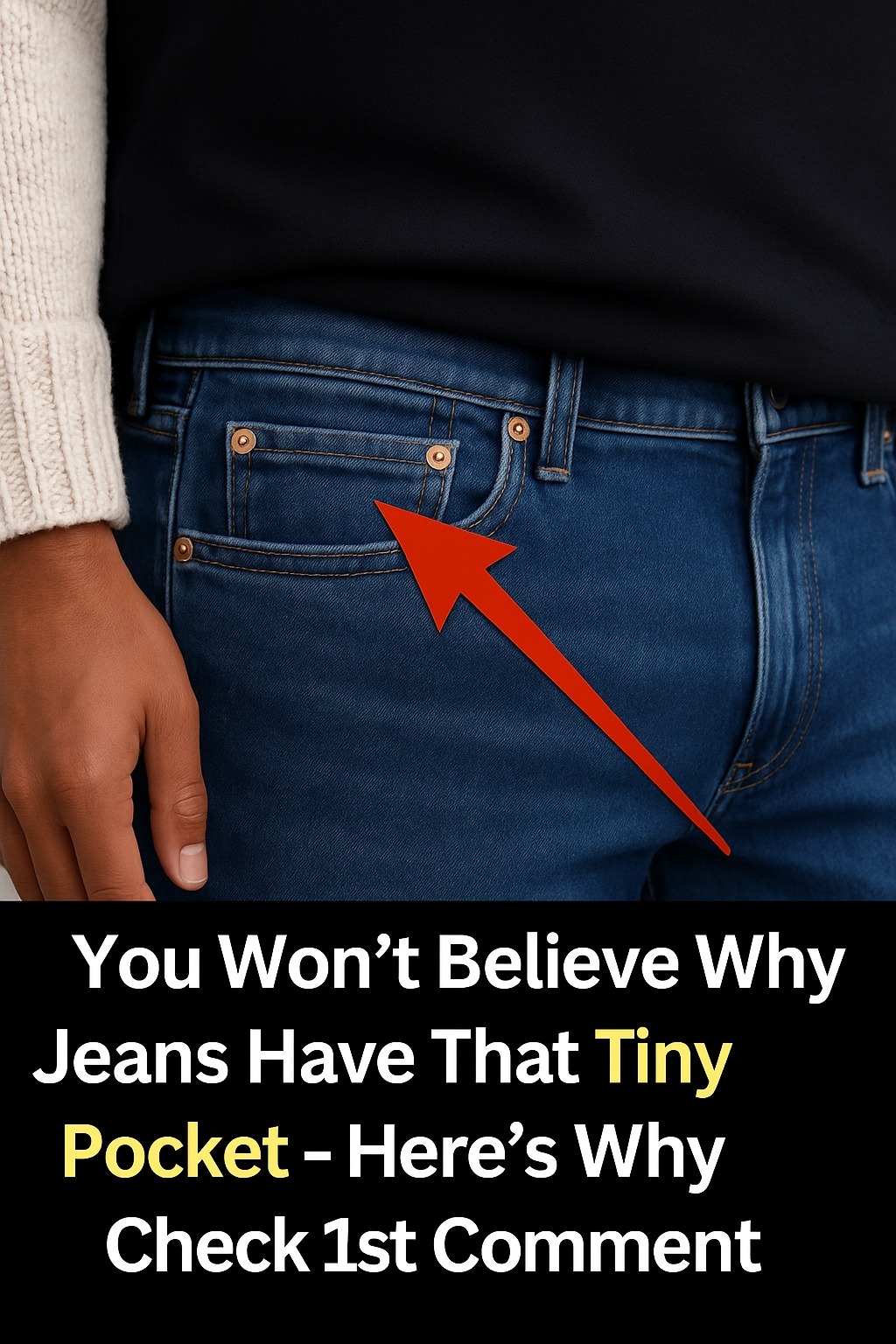Why Jeans Have That Tiny Pocket
(Hint: It’s Older Than You Think)
You’ve seen it a thousand times — maybe even used it to stash a coin, a ring, or a stick of gum — but have you ever wondered what that tiny little pocket inside the front right pocket of your jeans is actually for?
It’s easy to dismiss as just a decorative detail, but that small pocket has a long, surprising history — and a practical purpose that dates back over 150 years.
The Original Purpose: A Pocket for Your Pocket Watch
That tiny pocket? It was originally designed to hold a pocket watch.
Back in the late 1800s, jeans were workwear. When Levi Strauss & Co. patented their first pair of riveted denim trousers in 1873, they included a small pocket — known as a watch pocket — to safely hold a pocket watch. Back then, wristwatches weren’t common yet, especially among working men like miners, cowboys, and railroad workers, who needed their hands free and their watches secure.
Instead of keeping their expensive timepieces on a chain that could get caught or broken, men tucked them into that small pocket — protected and within easy reach.
Why Do We Still Have It?
Even though pocket watches have mostly disappeared from everyday life, that tiny pocket stuck around as a design tradition. It’s one of those iconic denim details that brands — especially Levi’s — have kept for nostalgia and authenticity. It’s part of what makes a pair of jeans look like jeans.
Plus, over the years, people have repurposed it in all sorts of clever ways:
Holding coins
Tucking in guitar picks
Stashing rings or earrings
Hiding emergency cash
Carrying USB drives or tiny lighters
Different Names, Same Pocket
Depending on who you ask, you might hear it called:
The watch pocket
The coin pocket
The fob pocket
The ticket pocket (in British tailoring)
